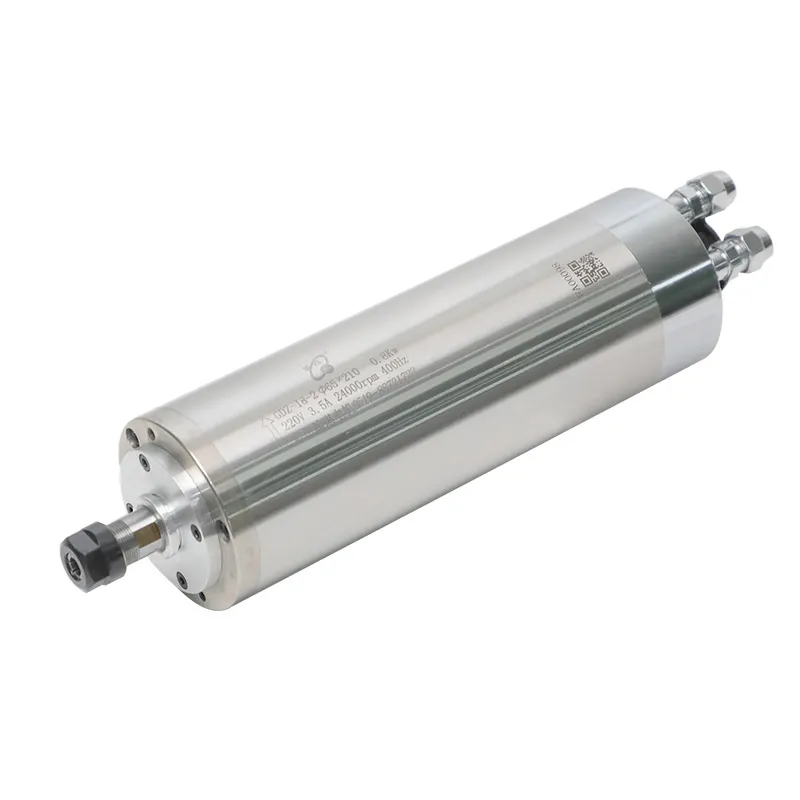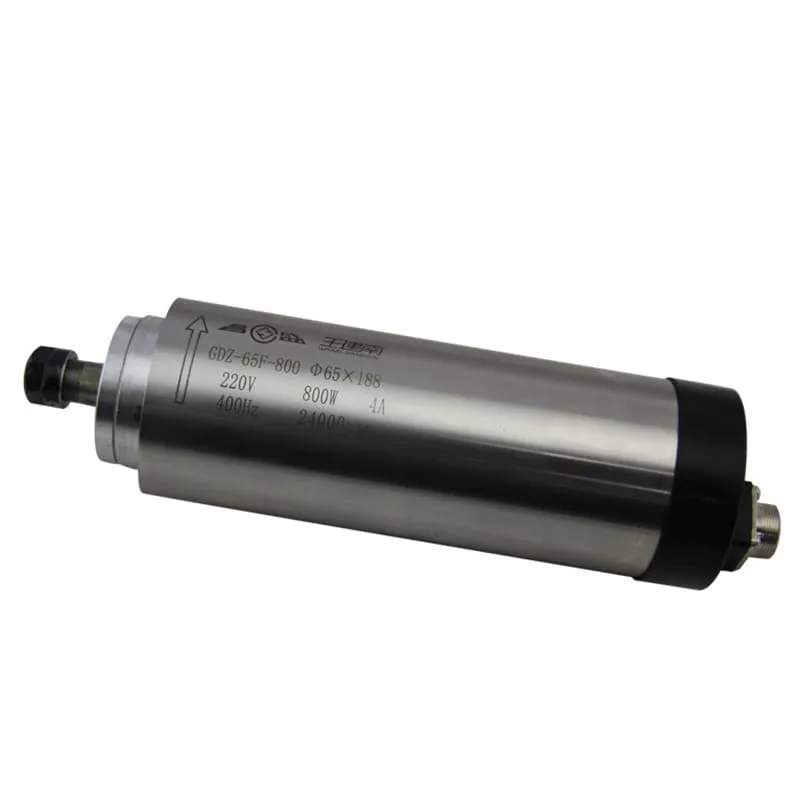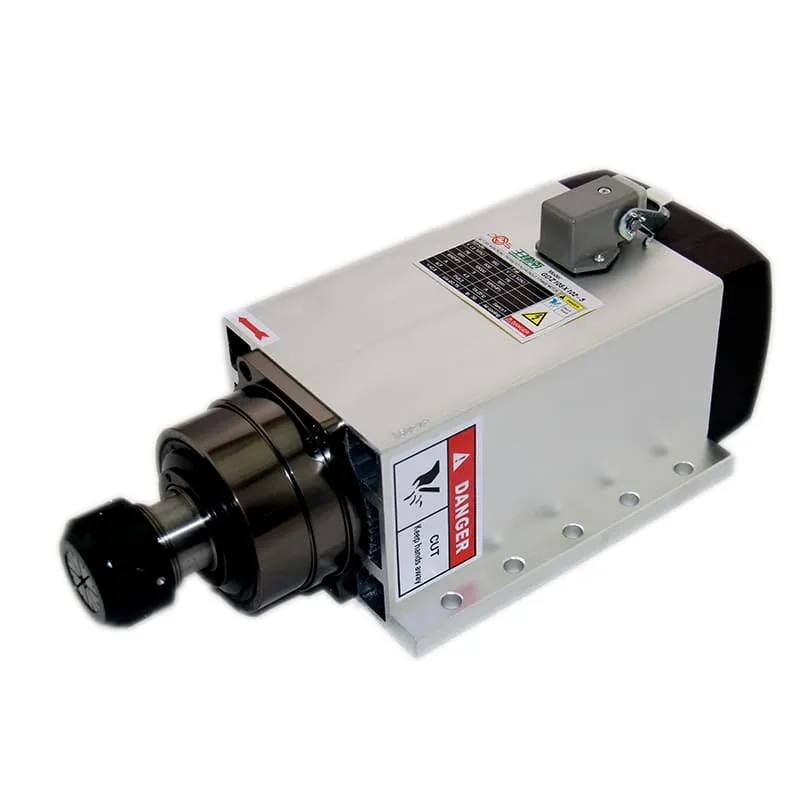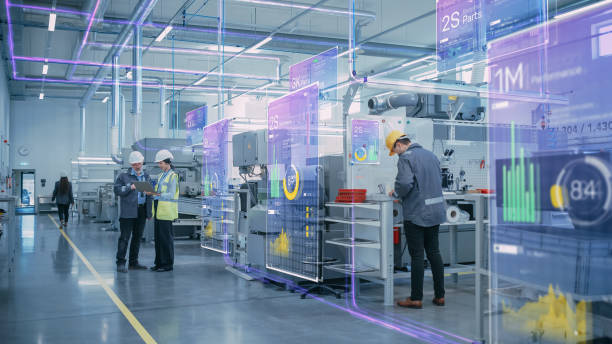CNC machining has become a crucial aspect of modern manufacturing. It’s the art and science of controlling machine tools through a computer to cut, shape, and create parts with incredible precision. Whether you are an aspiring machinist, a student, or an entrepreneur wanting to explore CNC, learning CNC machining can open the door to a world of innovation and craftsmanship. In this guide, we’ll explore the best ways to learn CNC machining, covering everything from the basics to advanced concepts. Let’s get started!
Understanding CNC Machining: An Introduction
CNC stands for Computer Numerical Control. It refers to the automation of machine tools through the use of computers executing pre-programmed sequences of machine control commands. Unlike traditional machining that requires manual operation, CNC machining allows for greater precision, efficiency, and repeatability.
The Importance of CNC Machining
CNC machining is used in countless industries, from automotive and aerospace to furniture and medical devices. This technology enables manufacturers to produce high-precision components at scale, efficiently transforming raw materials into finished products. Some of the key advantages of CNC machining include:
- Precision: CNC machines follow G-code instructions, allowing for extremely accurate cutting and shaping of materials.
- Efficiency: Automation reduces human error and speeds up production.
- Versatility: CNC machines can handle a wide range of materials, including wood, metal, and plastic.
For instance, when working with CNC machines, it’s essential to use a reliable spindle motor for smooth operation. High-quality spindles such as the 24000RPM 0.8KW ER11 Water-Cooled Spindle ensure precision during CNC machining processes. 
Basic Components of a CNC Machine
Before diving into the learning process, it is crucial to understand the main components of a CNC machine and how they function.
Key Components
- Machine Bed: Provides the foundation and support, ensuring stability during machining.
- Spindle Motor: Drives the cutting tool, allowing it to spin at high speeds to cut through the material. For example, a 7.5KW ER32 Air-Cooled Spindle is ideal for CNC machines that require high torque and speed.

- Control Unit: The computer that interprets G-code to execute the machining operations.
- Cutting Tools: Include end mills, drills, and other tools that interact with the material to shape it as per the design.
Understanding these components is foundational to understanding the CNC process as a whole. It will help you know how each part works together to create precise parts.
Steps to Learn CNC Machining
Learning CNC machining is a step-by-step process that involves understanding basic concepts, getting familiar with the tools, and gaining practical experience.
Step 1: Learn the Basics of CNC Programming
CNC machines rely heavily on programming to function. G-code is the primary language used in CNC programming. It instructs the machine on where to move, how fast to move, and how deep to cut.
- G-code Basics: Familiarize yourself with basic G-code commands such as G00 (rapid positioning), G01 (linear cutting), and M03 (spindle on).
- CAM Software: CAM (Computer-Aided Manufacturing) software is used to generate G-code from a CAD model. Software like Fusion 360 and Mastercam is widely used in the industry.
Step 2: Practice with CNC Simulators
Before operating an actual CNC machine, it’s highly beneficial to practice with CNC simulators. These software tools allow you to simulate CNC operations in a virtual environment without the risk of damaging machinery.
- Benefits of CNC Simulators: They help understand how CNC commands translate into machine movements, giving you the confidence to handle real machines.
- Recommended Simulators: NC Viewer and CNC Simulator Pro are popular choices for beginners.
Step 3: Gain Hands-On Experience
Learning CNC machining is incomplete without hands-on experience. Most technical schools and community colleges offer CNC courses that provide real-life exposure to CNC machines.
- Enroll in Workshops: Workshops and classes can give you a practical understanding of machine operation, safety, and programming.
- Experiment on a CNC Router: Routers are more forgiving machines and an excellent starting point for learners. You can work on smaller projects using a 24000RPM 800W ER11 Water-Cooled Spindle.

CNC Programming and CAM Software
One of the most critical aspects of learning CNC machining is mastering CNC programming and understanding how to use CAM software. Programming provides the instructions for the machine, while CAM software helps in creating those instructions from a CAD model.
Introduction to CAM Software
- CAM Software for CNC Machining: CAM software such as Fusion 360 and SolidWorks is used to convert CAD designs into G-code.
- Benefits of CAM: It automates the programming process, making it easier to create complex tool paths, optimizing efficiency.
Learning G-Code
To get a grasp on G-code, you must learn some essential commands that dictate the machine’s behavior. These commands define how the cutting tool will move, at what speed, and at what depth.
| G-Code Command | Function |
|---|---|
| G00 | Rapid positioning |
| G01 | Linear interpolation |
| G02/G03 | Circular interpolation |
| M03 | Spindle on (clockwise) |
| M05 | Spindle off |
Mastering these commands is crucial as they form the foundation of every CNC program. The precision and accuracy of your machine’s movement are determined by how well you use G-code.
Choosing the Right CNC Machine for Learning
Selecting the right machine for learning purposes can help ease the learning curve. Here are the main types of CNC machines you might want to consider.
Types of CNC Machines
- CNC Mill: Ideal for beginners due to its versatile nature, allowing you to work on metals, plastics, and wood. A spindle like the 5.5KW ER32 4-Pole Air-Cooled Spindle would be a solid choice for a CNC mill due to its power and cooling efficiency.

- CNC Router: Great for working with softer materials like wood and plastic. It’s an excellent machine for those looking to get started with DIY projects or prototyping.
- CNC Lathe: A lathe is mainly used for turning operations where the workpiece rotates, and the cutting tool remains stationary. It’s suitable for creating cylindrical parts.
What to Consider When Choosing a Machine
- Material: Decide on the types of materials you plan to work with. Different machines are better suited for metals, wood, or plastic.
- Spindle Power: Depending on the material, you may need a more powerful spindle. For example, a 2.2KW ER20 Air-Cooled Spindle is perfect for handling both light and medium tasks.
- Budget: CNC machines vary greatly in price. Entry-level routers are less expensive, whereas industrial-grade mills and lathes can be costly.
Learning CNC Machining Online vs. Offline
You can learn CNC machining through both online courses and hands-on experience in offline workshops. Each method has its advantages.
Online Learning Resources
- Online Courses: Websites like Udemy, Coursera, and LinkedIn Learning offer comprehensive courses on CNC programming, G-code, and CAM software. These are perfect for those who prefer learning at their own pace.
- YouTube Tutorials: YouTube is an invaluable resource for visual learners. There are plenty of channels dedicated to CNC tutorials, from basic G-code lessons to advanced CAM operations.
- Forums and Blogs: Joining CNC forums, such as CNCZone or Practical Machinist, allows you to ask questions, share experiences, and learn from other CNC enthusiasts.
Offline Learning: Hands-On Training
- Community Colleges: Enroll in a local community college or technical school that offers CNC courses. These courses often include practical sessions where you get to work directly on the machine.
- Workshops: Many local fabrication shops offer training sessions, which allow for hands-on learning in a real work environment. This experience is invaluable in understanding real-world machining challenges.
Safety Considerations When Learning CNC Machining
Safety is paramount when working with CNC machines. Machines like mills and lathes have high-speed moving parts, which can pose a hazard if not used correctly.
Essential CNC Safety Tips
- Wear Proper PPE: Always wear personal protective equipment (PPE), including safety glasses, gloves, and hearing protection.
- Avoid Loose Clothing: Loose clothing or jewelry can easily get caught in the machine. Wear fitted clothing and remove any jewelry before starting the machine.
- Emergency Stop: Familiarize yourself with the location of the emergency stop button on every CNC machine you use. Quick response in emergencies can prevent serious injury.
- Use Guards and Shields: Always ensure that machine guards and shields are in place before starting any machining operation.
- Proper Training: Only operate a CNC machine after receiving proper training. Never bypass safety features to speed up the process.
Maintaining good safety habits will help ensure that your learning process is not only effective but also injury-free. With the right training, CNC machining can be a safe and rewarding career.
Practical CNC Machining Projects for Beginners
Once you have acquired some basic CNC machining skills, the best way to solidify your knowledge is to start with small projects. Here are a few beginner-friendly projects that can help you practice:
Project Ideas
- Engraving Signs: Engrave a simple sign out of wood or plastic. This project helps in understanding depth control and tool path optimization.
- CNC Coasters: Use a CNC router to carve out coasters. This project will help you learn 2D toolpaths and managing pocketing operations.
- Simple Chess Pieces: A CNC lathe can be used to create simple chess pieces. This project is ideal for understanding turning operations and symmetry.
By working on these projects, you will become more comfortable with the CNC process, from design to finished product. Make sure to document each project as a project log to track your progress and understand areas for improvement.
FAQs
1. How long does it take to learn CNC machining?
The time required to learn CNC machining varies based on the individual’s background. For beginners, it may take 3-6 months to learn the basics, including G-code, CNC programming, and machine operation.
2. Can I learn CNC machining on my own?
Yes, CNC machining can be learned on your own through online courses, tutorials, and practice. However, hands-on experience is crucial to mastering the skill.
3. What software is used in CNC programming?
Common software used in CNC programming includes Fusion 360, Mastercam, and SolidWorks for CAD/CAM operations.
4. How do I choose the right spindle for my CNC machine?
Choosing the right spindle depends on the material and type of work. For precise and consistent performance, consider high-quality spindles like the 24000RPM 0.8KW ER11 Water-Cooled Spindle.
5. Is CNC machining a good career choice?
Yes, CNC machining is a rewarding career with opportunities for growth in multiple industries, such as aerospace, automotive, and medical manufacturing.
Conclusion
Learning CNC machining is an exciting journey that offers endless opportunities to create, innovate, and be a part of modern manufacturing. By understanding the basics of G-code, practicing with CNC simulators, and working on real projects, you can acquire valuable skills that are in high demand. Whether you choose to learn through online courses, community colleges, or hands-on workshops, staying committed and continually practicing is key to mastering CNC machining. Don’t forget to invest in quality components, like the high-performance spindle motors available at spindlemotorshop.com, which will help you achieve precise results every time. Embark on this learning journey with curiosity, and you’ll soon find yourself proficient in CNC machining, ready to take on complex manufacturing challenges.

